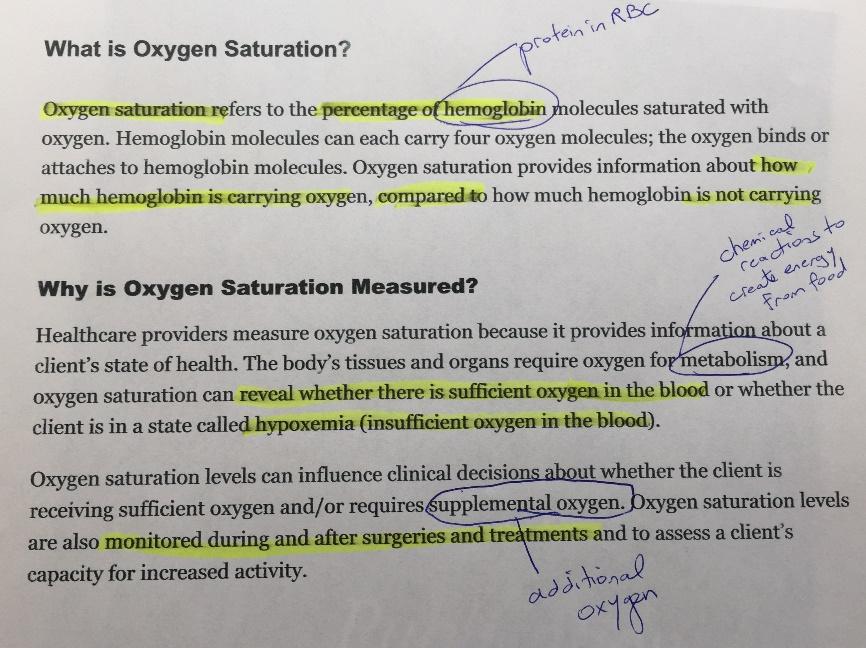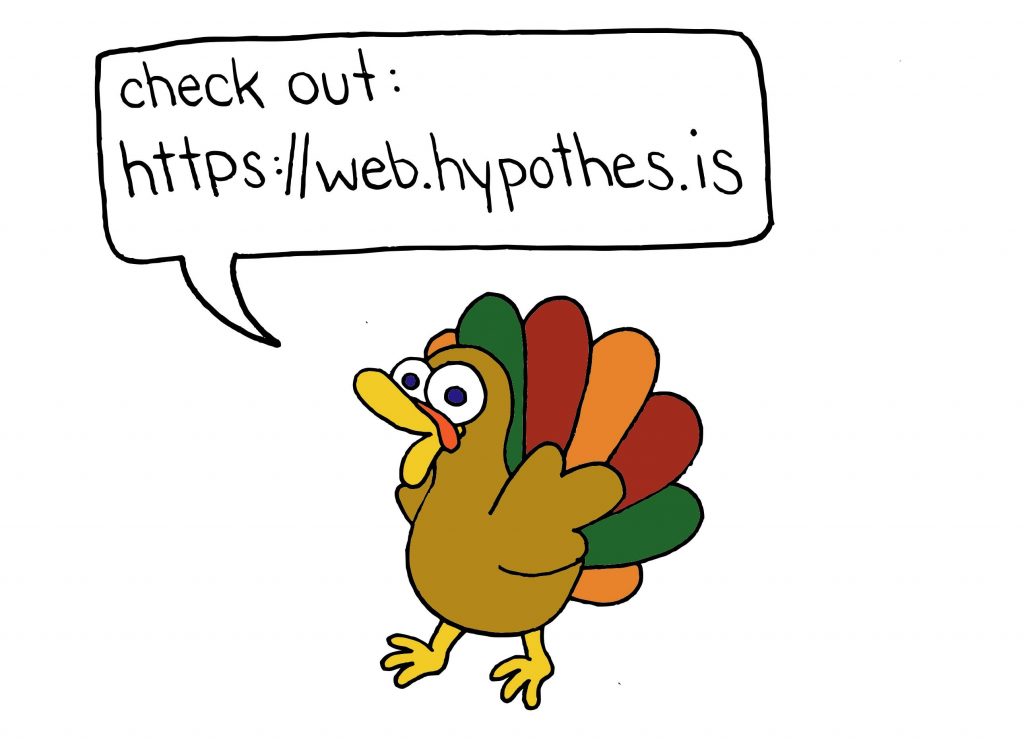2.2: Annotating
- Page ID
- 16497
Annotating involves physically adding notes to the text that you are reading. As a nursing student, you are expected to read all sorts of unfamiliar texts detailing thought-provoking, upsetting, interesting, and important information that will influence how you think and how you practice as a nurse. The level of detail in your notetaking may vary if you are reading and taking notes about the step-by-step process involved in handwashing for infection control purposes versus the importance of empathy in nursing. How you go about taking notes also depends on:
- The subject and the level of detail required.
- What works best for you.
- Whether you are reading a hard copy or an e-text.
Writing in your textbooks or on articles as you read is a powerful strategy for engaging with a text and entering into a discussion with it. You might jot down questions and ideas as they come to you. You might highlight or underline important points, circle words you don’t understand, and use your own set of symbols to highlight portions that you feel are important. You might also use sticky notes to write down points or identify how the reading relates to your clinical practice.
Capturing these ideas as they occur to you is important, because they may play a role not just in understanding the text better, but also in your assignments. If you don’t make notes as you go, today’s great observation will likely become tomorrow’s forgotten detail. Many people are more likely to remember something if they write it down. See Figure 2.5 for an example of an annotated text.

Figure 2.5: Example of an annotated text
Reading online
Annotating in some way is still important if you are reading online. You can do this in a few ways:
- Take notes on paper.
- Use a digital text editor or PDF editor to highlight text and make notes.
- Another option is using: Hypothes.is – this tool allows you to annotate an online text. Depending on your preference, you can set it so that your annotations are private (only accessible to you) or public (anyone using this tool can read your comments).

Figure 2.6: Hypothes.is
Attribution statement
This page was remixed with our original content and with editorial changes, adapted from:
The Word on College Reading and Writing by Carol Burnell, Jaime Wood, Monique Babin, Susan Pesznecker, and Nicole Rosevear, licensed under a Creative Commons Attribution-NonCommercial 4.0 International License, except where otherwise noted. Download for free at: https://openoregon.pressbooks.pub/wrd/


